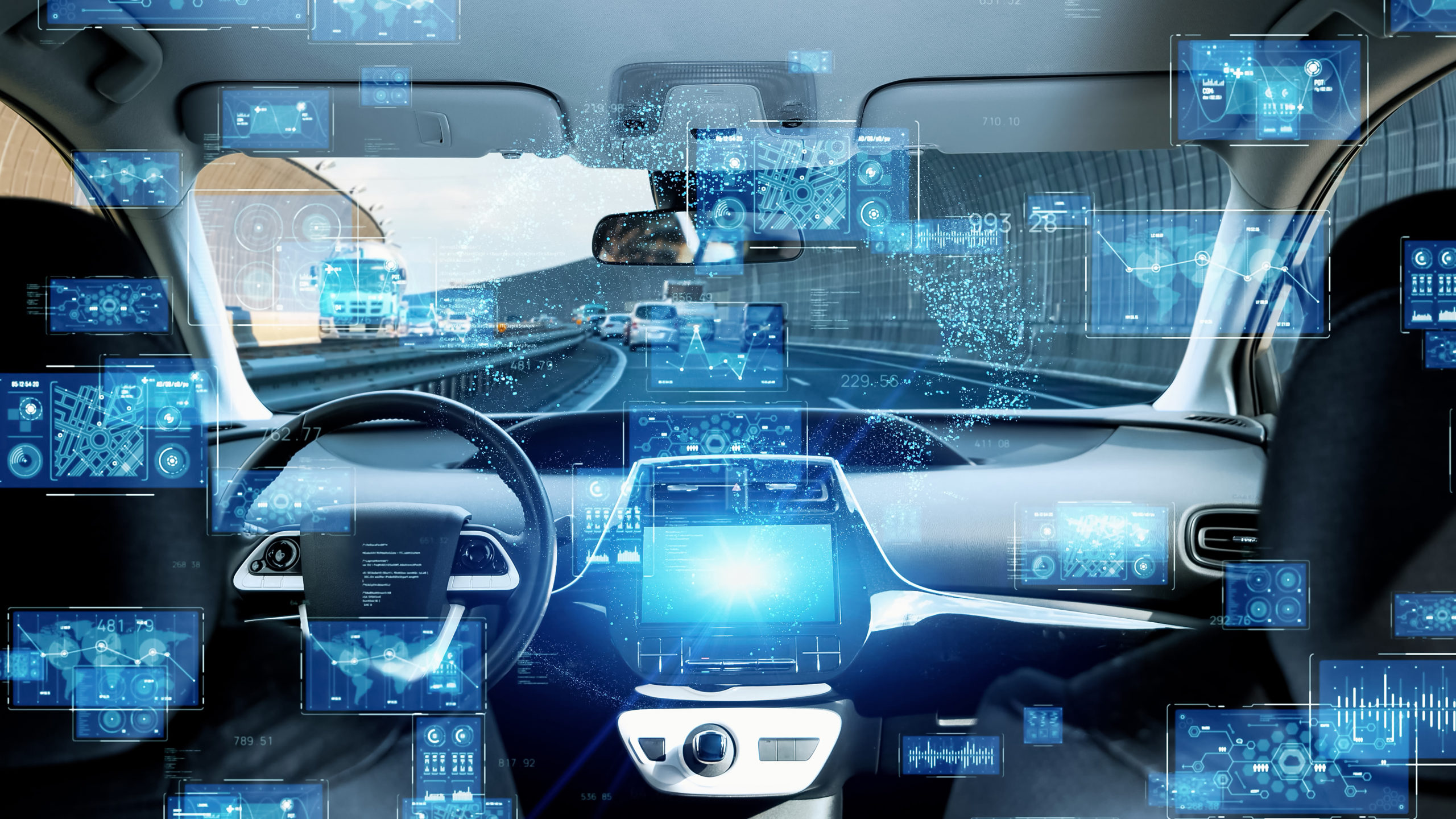The 2023 DISTRIBUTECH felt like a homecoming – back to San Diego, back to a regular schedule, back to large numbers of attendees – and a bourgeoning sense of opportunity among delegates and exhibitors as they revived conversations from years past.
Walking the floor, however, I was struck by one technology-related solution that seemed exceptionally pervasive this year. In fact, one of my colleagues counted more than 200 pieces of related hardware, alluding to just the tip of the solution spear.
No, it wasn’t the robotic dogs (though I did see many of those); it was all things EV load management. From charging technology to monitoring and control software, and from residential vehicles to public charging infrastructure and fleet solutions, the industry demonstrated an understanding that a large number of EVs will bring sweeping change to how (and where) this dynamic load affects the grid.
Level II EVSEs Remain a Part of the Solution
Like other exhibitors, Generac Grid Services came to the show prepared to debut our own EV solutions. Our team featured two chargers in the booth, one of which was the recently launched Generac EV charger and the other an Enel X Juicebox, one of several EVSEs in our Concerto-enabled partner ecosystem. In addition, our team had numerous conversations with attendees about the value of protecting and promoting customer choice by having the ability to connect to a wide variety of EV charging infrastructure.
Different Flavors of Managed Charging
Our conversations also reinforced that EV load management program roadmaps vary dramatically, so utilities are looking for various solutions as pilots and proof of concepts that can scale into full-size programs. Three program groups stand out:
- Charging insights: in some areas, identifying EV owners remains challenging, with utilities incentivizing customers to opt-in to EV programs that can inform future programs, potential rate designs, and locate distribution “hot spots.”
- Behavioral & rate aware: some utilities are already attributing strain on the grid to EV load growth and looking to operate behavioral and financial programs that encourage charging outside of peak periods. Moreover, if ample renewable generation exists, EVs can become a mechanism to absorb excess clean energy.
- Automated smart charging: fully automated EV load management through telematics or level II charging stations remains a desire, given the technologies’ abilities to remove friction for the customer. Utilities and partners looking to design smart charging programs continue to voice the need to understand customers’ driving habits and to assure drivers they will never start (or end) their day without sufficient battery power.
Utility Customers Aren’t the Only Beneficiaries of Load Control Solutions
As utilities seek to walk the walk on electrification, fleets of light and medium-duty utility vehicles are also going electric. In a conversation with one utility, we learned of internal education and dialogues surrounding the use of connected car devices and telematics to understand staff driving routines and accompanying charging patterns for company vehicles. By undergoing their own fleet electrification, utilities may feel they will be better prepared to serve those customers looking to electrify fleets in their respective service territories.
2024 Predictions, Anyone?
The San Diego show solidified that the industry is turning its gaze to all things EV; both the impacts of this new load on distribution networks and the opportunities available to turn that load into a grid resource. At Generac Grid Services, we anticipate many more EV conversations to come will shape the solutions we bring forth in Orlando at DISTRIBUTECH 2024. And, for what it’s worth, I suspect we’ll continue to see all things distributed energy resource management systems (DERMS), augmented reality (AR), and intelligent distribution network hardware on next year’s show floor too.

